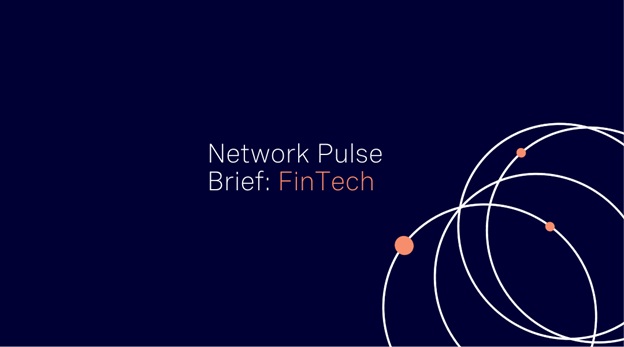How does this change the outlook for DeFi regulation? Do you believe regulation will help prevent risks like Terra Luna and Celsius?
TECH ENTREPRENEUR & FORMER DEPUTY DIRECTOR, SINGAPORE MONETARY AUTHORITY
While specifics of each boom and bust are different, the basic tenets are the same as for previous episodes (i.e. hubris, premature excitement about products, tech applied to dubious use cases), e.g. subprime mortgages and CDOs leading to the global financial crisis, dotcom bubble leading to subsequent crash. History says there are gems within the general innovation trend – Amazon and eBay are examples of good companies arising from the dotcom boom and bust. I think the same will be the case for crypto. The bust flushes out products that are economically unsound (e.g. Terra Luna attempting to break the “Impossible Trinity”), or those that do not serve a real market need (NFTs perhaps).
FORMER DEPUTY DIRECTOR AT BANKING REGULATION & SUPERVISION AGENCY OF TURKEY
Regulations’ success in preventing future crashes depends on how the authorities regulate stablecoins and on the relevant reserve requirements. If stablecoin issuers are required to maintain liquid reserves that back 100% of the coins issued, risk would significantly be reduced. For most stablecoins, there are concerns about quality/sufficiency of reserve assets and standards of risk management/governance, e.g. recently it has come to light that Tether didn’t maintain enough reserves between 2016-2019 at least. TerraUSD was pegged to the dollar, but it wasn’t really backed by any assets or pools of assets. The NY State Department of Financial Services recently issued new guidance for USD-backed stablecoins issued by BitLicensees, which focuses on the required amount and composition of reserves, as well as attestation requirements.
FUND MANAGER & FORMER RATING AGENCY ANALYST
Regulation is necessary and already in train, as evidenced by Central Banks recognizing the value of blockchain. Regulation for stablecoins that began pre-crisis will now be completed with the focus on ensuring proper asset quality and liquidity to ensure stable (near par) price behavior, as with money market funds. Algorithmic or crypto-backed stablecoins will be treated as speculative assets. The term stablecoin will refer specifically to those 100% (or more) backed by a fiat currency or gold, duration restricted. There has been some debate about regulating stablecoins as banks, but this would be excessive, given their limited banking services provided. The money market model is most appropriate. Crypto currency regulation will continue to focus on ‘buyer beware’ transparency and protection, falling under a security definition.

